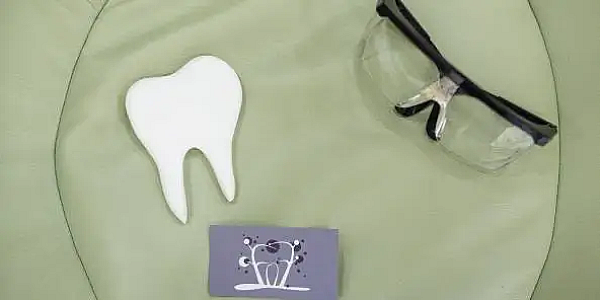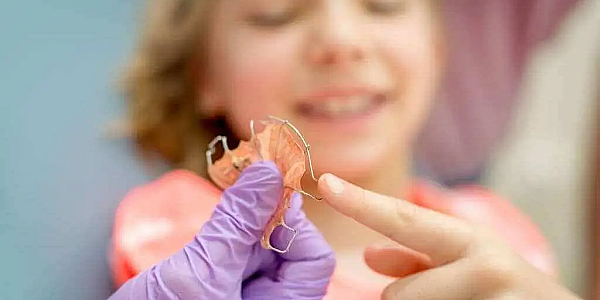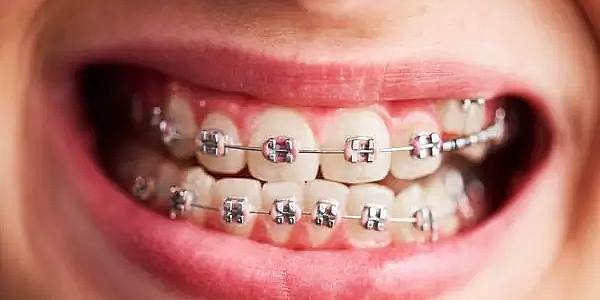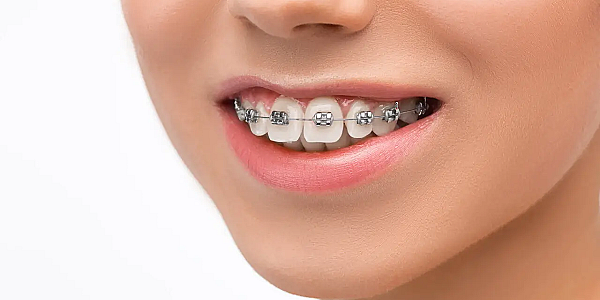Some time ago, dental braces were considered a luxury, and the question "how much do braces cost" made some patients think. Currently, however, more and more people are turning to them, and the fact that it is a trend encourages even the most undecided. In addition, thanks to technological developments, one can opt for wearing braces even at older ages, not only during childhood.
When are braces recommended?
The role of braces is to correct dento-alveolar incongruities and to correct the bite, which can generate much more serious problems over time. The indication for orthodontic treatment with braces is established following a clinical evaluation, which includes cephalometric analysis, examination of study models and standardized imaging investigations. Braces are recommended in the following situations:
- presence of severe dental crowding;
- class I, II or III malocclusions;
- anterior or lateral reverse bite;
- anterior deep or open occlusion;
- pathological interdental spacing (diastema);
- eruption anomalies (dental inclusions, ectopic eruptions, dental retention);
- jaw development disorders (atrophy, asymmetry, transverse discrepancies);
- persistent vicious habits, which determine muscle and postural imbalances with an impact on the dento-maxillary apparatus.
What are the benefits of dental braces
Correction of occlusal anomalies contributes to balancing the dynamics of the jaws and restoring homeostasis within the dento-maxillary apparatus. The benefits of dental braces include:
- restoring the correct alignment of the teeth in the arch;
- optimizing the masticatory function;
- improving phonetics;
- increasing the efficiency of oral hygiene;
- rebalancing facial aesthetics and dento-skeletal profile;
- stabilizing dental position in the long term, preventing pathological tooth migration;
- correcting parafunctional habits and myofunctional imbalances;
- reducing the risk of dental abrasion, cracks or fractures.
Types of dental braces
Orthodontic interventions can involve a variety of devices, adapted to individual needs. There are types of dental braces suitable for severe cases of dental deviation, but which may affect the aesthetic appearance during treatment, as well as devices suitable for milder cases, but which may be difficult to observe during treatment. Clinical parameters, such as the presence of severe crowding or dental protrusions, guide the final decision.
Fixed braces
Fixed dental brace is an orthodontic system that is permanent during active treatment, consisting of individual brackets cemented to each dental vestibular surface, a metal arch guided through the bracket canal, and ligature means (elastics or self-ligating mechanisms).
The advantages of fixed braces include:
- superior biomechanical control;
- the possibility of correcting complex anomalies (severe rotations, protrusions, multiple crowding);
- predictable efficiency and stable long-term results.
Ceramic braces
Ceramic braces are formed from brackets made of polycrystalline aluminum oxide, a material with optical properties close to those of tooth enamel. Indicated in orthodontic treatments where aesthetics play an important role, ceramic braces have a clinical performance equivalent to that of metal variants in most cases, with certain limitations in rotational and translational movements, due to significant friction.
Sapphire braces
Sapphire braces use brackets made of synthetic monocrystalline sapphire, with almost complete transparency and high hardness. Optically, sapphire braces have the lowest degree of visibility of all types of brackets, being recommended for patients who require discreet treatments without affecting their physiognomy.
Metal braces (classic)
Metal braces, widely used inorthodontics, include stainless steel brackets, extremely resistant to mechanical and chemical stress. They are compatible with all types of orthodontic movements and are recommended in complex treatments that require efficient transmission of forces to the tooth roots.
Advantages include:
– low friction coefficient, which allows faster and more precise tooth movements;
– increased structural strength, ideal for patients with parafunctions (bruxism);
– compatibility with auxiliary systems (expansion springs, intermaxillary elastics);
– low cost compared to ceramic or sapphire options.
Removable dental braces
Removable dental braces is an orthodontic device used mainly in interceptive or orthopedic treatment. It is made of an acrylic base adapted to the anatomy of the palate or mandible and includes active components: retention springs, expansion screws and and support elements. Removable dental braces is prescribed mainly during the period of craniofacial growth, to guide the dental position and to influence the development of the jaw bones.
The advantages of removable dental braces is:
– the possibility of removal during eating and oral hygiene;
– reduced risk of plaque accumulation around the components, compared to fixed appliances;
– increased adaptability depending on physiological changes in the arch;
– effective use in functional orthopedic treatments;
– lower costs (compared to fixed orthodontic systems).
Spark Invisible Braces
The Spark system is part of the transparent aligners category and consists of individualized trays, made of advanced thermoplastic materials, with high optical transparency and biomechanical properties adapted to sequential orthodontic therapy. The Spark invisible braces are used in the treatment of mild to moderate dental position anomalies, such as crowding, spacing, controlled rotations and midline discrepancies.
Clinical advantages include:
– superior aesthetics;
– easy removal;
– minimal discomfort, due to the absence of brackets and metal components;
– the possibility of digital simulation of the treatment before initiation;
– reduction of the number of necessary consultations.
Each tray is worn for a set number of days, according to the individualized plan, and the change is made progressively, under clinical supervision. The system requires daily wear of at least 20-22 hours for optimal efficiency.
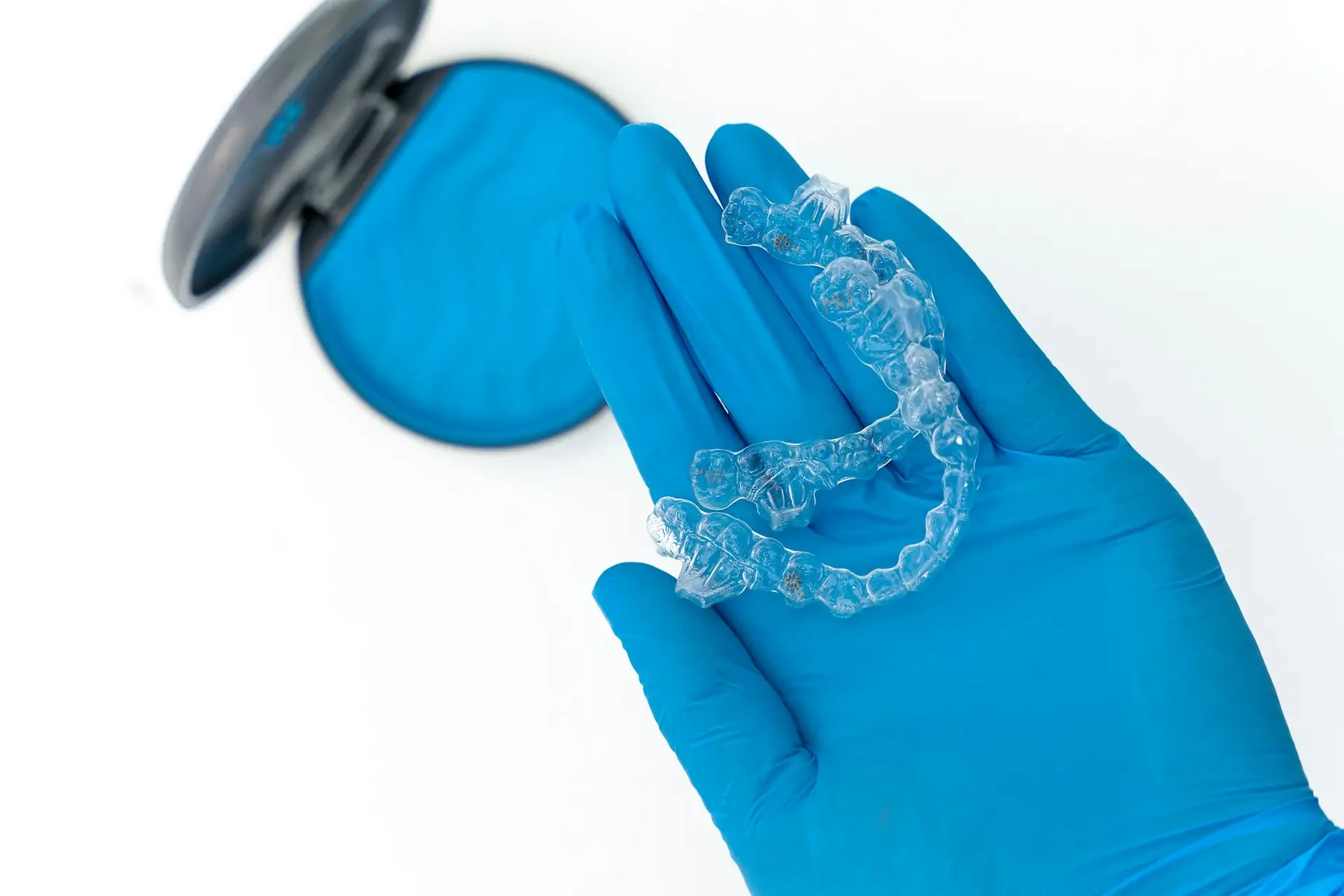
Damon Braces
The Damon braces are a fixed, self-ligating orthodontic system with brackets that have their own locking mechanism, eliminating the need for elastic ligatures. The orthodontic arch is held in a channel with a passive or active flap, which reduces frictional forces and optimizes the biomechanics of tooth movement. The Damon system facilitates the natural expansion of the arches, in many cases eliminating the need for tooth extractions.
The forces applied are continuous and gentler than in conventional systems, which reduces the level of discomfort reported by the patient. In addition, consultations can be less frequent, due to the stability and performance of the self-ligating mechanism. The indications for the system include: severe crowding, protrusion, transverse or vertical discrepancies, as well as orthodontic treatments in adults or patients with periodontal problems.
How much do braces cost?
The cost of a brace reflects a combination of biomechanical, technological and institutional factors, which vary depending on the type of device used, the complexity of the clinical case, the duration of the treatment and the experience of the orthodontist. The tariff assessment is not limited to the orthodontic device itself, but also integrates a series of related services indispensable for a complete and predictable treatment.
The price differs significantly between a classic metal brace, considered the therapeutic standard in complex orthodontic pathologies, and aesthetic variants, such as sapphire, ceramic or invisible (Spark) braces, which involve advanced materials and manufacturing technologies. Establishing an exact cost requires a specialist consultation.
Dental Braces - Price
The values mentioned in the table include, in most cases, the cost of fitting and the first check-up consultations. The costs related to the initial consultation, radiographs, study models, digital scans and post-treatment retainers are not included, which will be added separately depending on clinical needs. For complete and updated information on prices, it is recommended to consult the prices page.
| Procedure / Device | Price (expressed in RON) |
| METALIC dental braces / arch | 2.800 |
| CERAMIC dental braces / arch | 3.300 |
| SAFIR dental braces / arch | 3.800 |
| DAMON ULTIMA self-ligating braces / arch | 4.000 |
| Mobile dental braces | 1.300 |
| Spark invisible braces | Between 6,500 and 20,000 (depending on the number of arches and the type of appliance) |
Factors that influence the price of a dental brace
Determining the final cost of an orthodontic treatment involves the analysis of a set of clinical, technical and institutional variables, each influencing the complexity of the labor and the resources involved. The price of a dental brace reflects not only the material used and the technology involved, but also the degree of difficulty of the treatment, its duration, as well as the expertise of the medical staff.
Type of dental brace
The category and technical specifications of the dental brace directly determine the costs of the treatment. Fixed orthodontic systems with metal brackets involve lower costs, while ceramic and sapphire dental braces involve a higher cost. Also, self-ligating (Damon) or lingual braces require special application and monitoring techniques, which increases the price of the device.
Complexity of orthodontic treatment
The degree of difficulty of the orthodontic treatment is a determining factor in terms of costs. Cases involving Class II or III malocclusions, severe crowding, multiple rotations, ectopic eruptions, or skeletal discrepancies require a complex approach, with the integration of auxiliary devices, as well as a greater number of consultations, which influences the total cost.
The duration of treatment is another critical parameter: a long-term brace involves frequent monitoring, activation of the arches, and successive adaptations of biomechanical forces. The longer the treatment, the higher the total amount invested in services, consumables, and labor.
Clinic and orthodontist experience
Technological equipment and the orthodontist's experience significantly influence the cost structure. A medical institution with state-of-the-art digital equipment (intraoral scanner, 3D simulation software, digital radiology) will always reflect the considerable investment in equipment in the final costs of treatment. You can consult details about the training and treatment philosophy of our team of orthodontists by accessing the about us section.
Related costs
In addition to the initial costs of the braces themselves, there are also related costs, determined by the auxiliary services that are essential for planning, monitoring and completing orthodontic treatment. Each orthodontic check-up involves a fee, and the number of consultations and, implicitly, the costs depend on the established duration. Some patients require dentoalveolar surgery procedures or extractions to create space in crowded areas.
Interim radiographs, also necessary, evaluate progress and possible joint dysfunctions. After the braces are removed, the retention phase occurs. The cost for the retention device is calculated separately, since this segment of the treatment ensures that the new position of the teeth is maintained in the long term. All the elements that make up the tariff will be presented to the patient at the beginning, for a complete understanding of the tariffs.
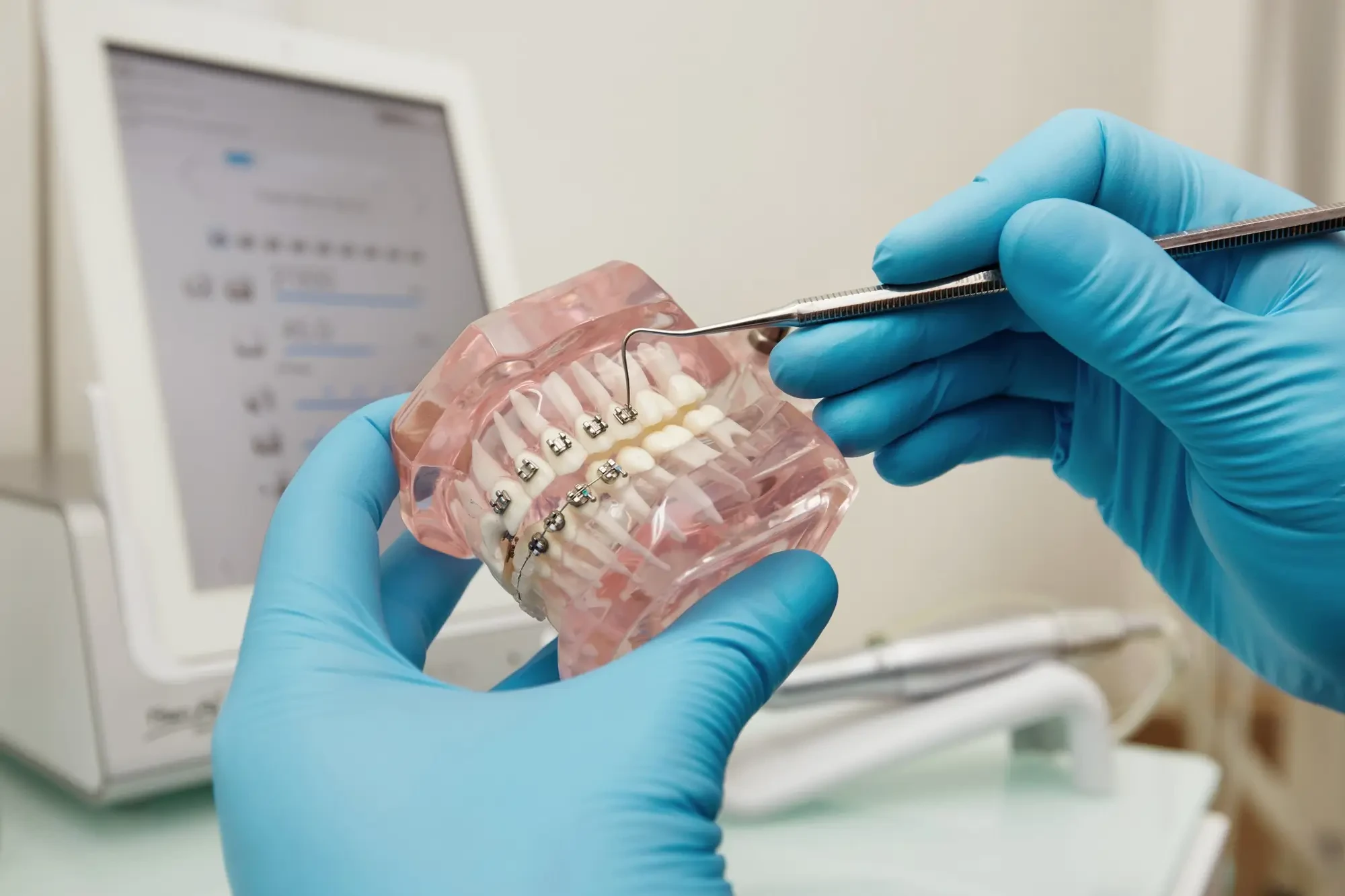
Braces for children
Orthodontic appliances can be used successfully from an early age, to correctly direct tooth eruption and gradually shape growing bone structures. An initial assessment at 6-7 years of age indicates whether there are risks of crowding or malocclusion. The use of braces in children prevents large dislocations of permanent teeth and eliminates the need for subsequent extractions.
Photo source: Unsplash, Freepik
Bibliography:
https://aaoinfo.org/adult-orthodontics
https://aaoinfo.org/whats-trending/is-straightening-your-teeth-purely-a-cosmetic-decision
https://www.mayoclinic.org/tests-procedures/braces/about/pac-20384622
https://drjenningsdds.com/2018/07/dental-appliances
https://damonbraces.com/en-us/why-damon
https://bracesetters.com/ invisalign-vs-spark-clear-aligners
https://www.dentalhealth.org/orthodontic-treatment
https://www.healthline.com/health/do-i-need-braces
https://ahavaortho.com/blog/the-best-age-to-get-braces-a-detailed-guide
https://my.clevelandclinic.org/health/treatments/24601-teeth-braces
https://www.news-medical.net/health/Types-of-Dental-Braces.aspx
Frequently asked questions about braces

Dr. Laura Roșca answers questions:
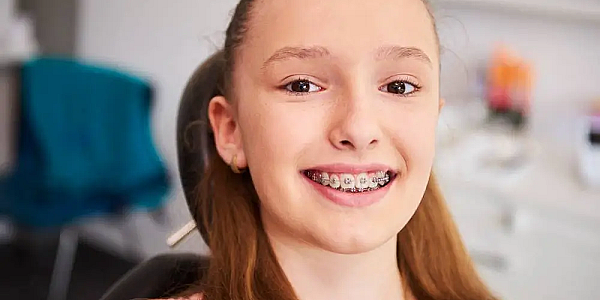
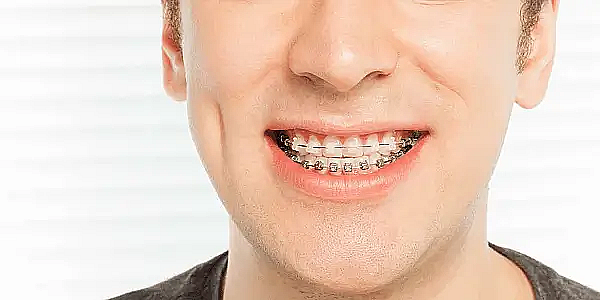
-thumb_1x.png )
